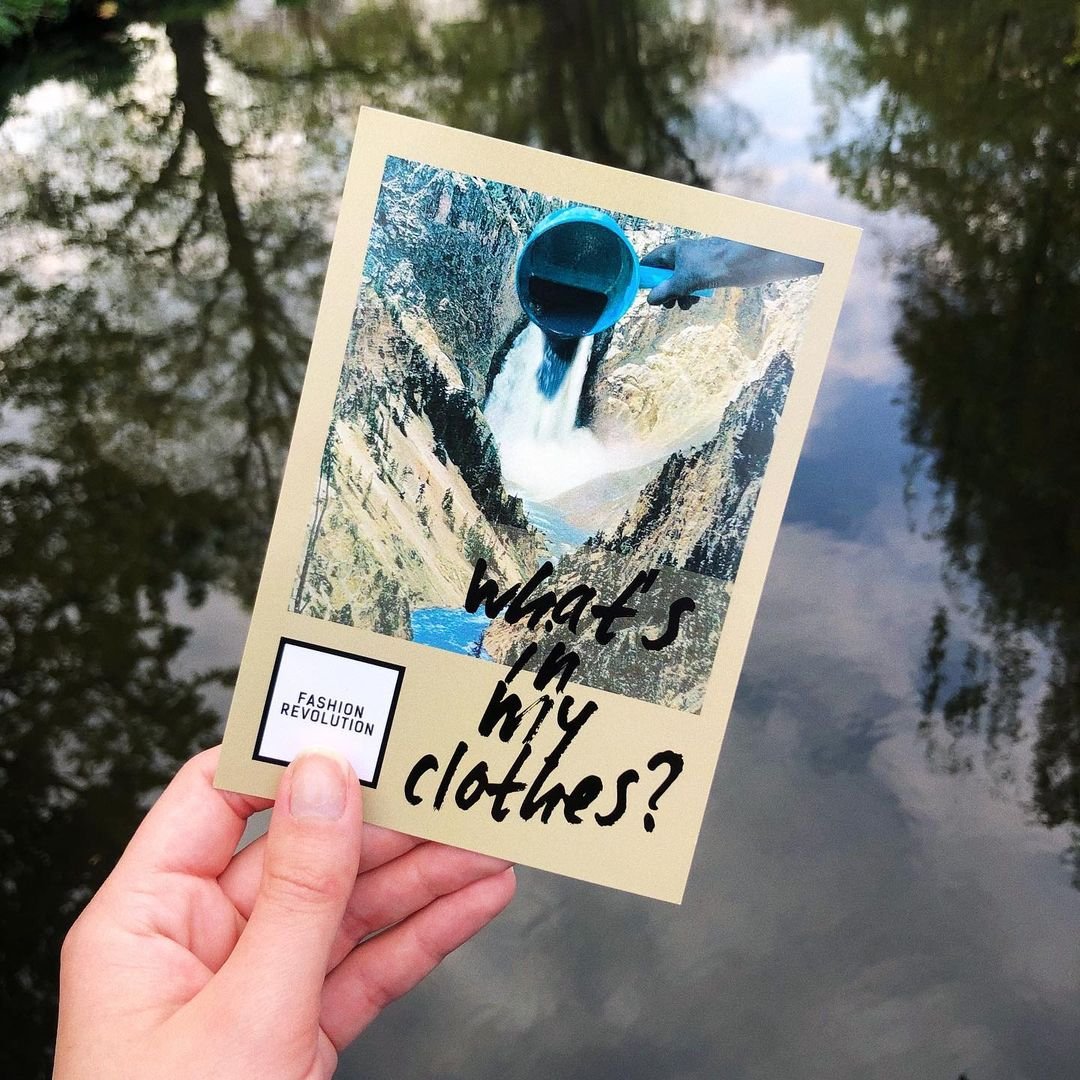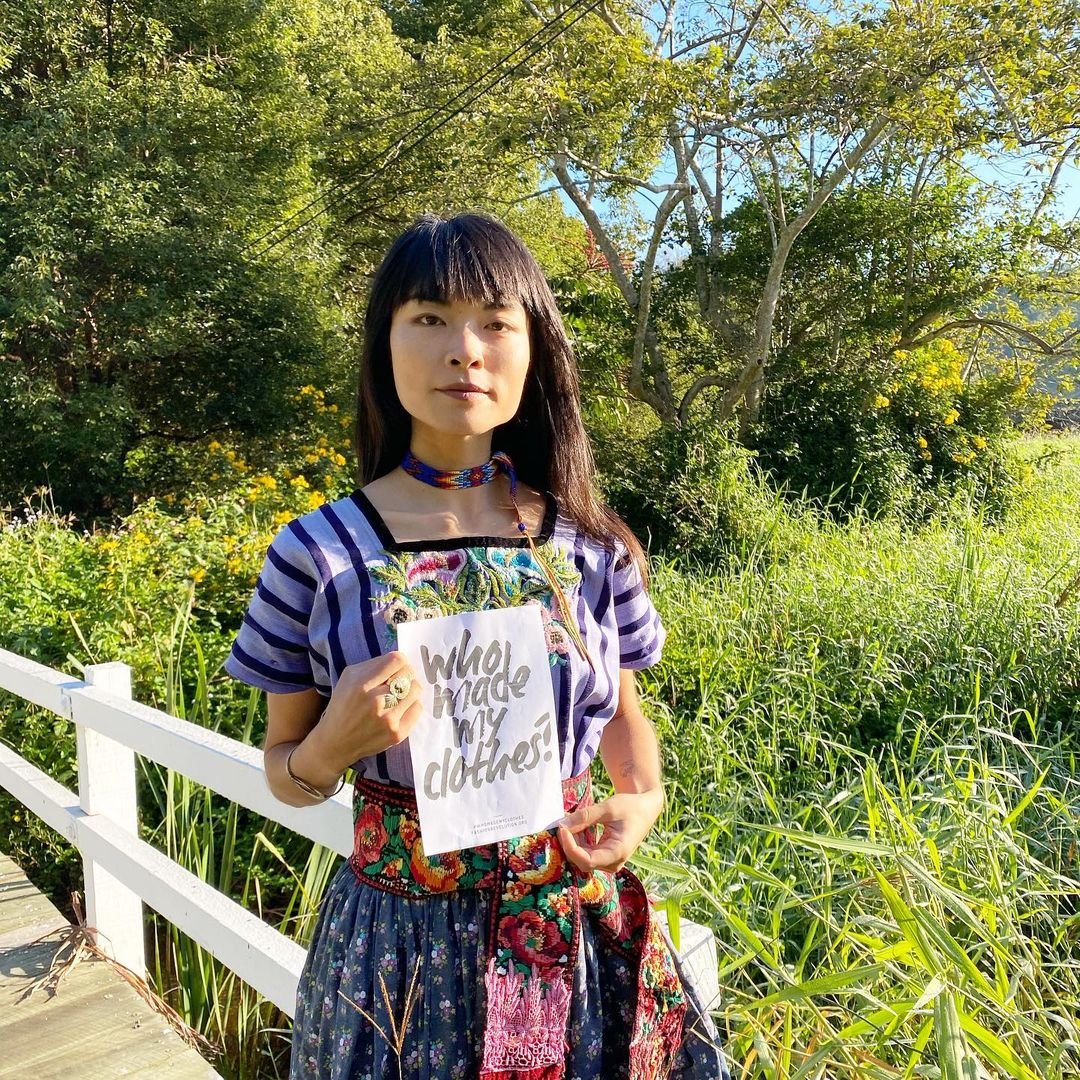Fashion Revolution
A lot of people often ask me why the stuff I sell is so expensive, and I get it. If you’re used to buying from fast fashion like Shein or H&M, some of the stuff in my shop can seem outrageous. But every time someone asks me that, I tell them a little bit about the piece they just picked up.
All of the items in my shop are sustainably made by garment workers who are paid a fair wage and work in safe conditions. I doubt you could say the same about SheIn. And more so, all of the items in my shop are high-quality and made to last through the ages. Again, I doubt you could say the same about SheIn or other fast fashion brands.
This week we are celebrating Fashion Revolution. If you don’t know what Fashion Revolution is, let me catch you up. Ten years ago, on April 24, 2013, the Rana Plaza textile factory in Bangladesh collapsed, killing 1,134 people, mainly young women working in the factory. It was one of the worst disasters to ever hit the garment industry. And it was completely preventable.
The Rana Plaza textile factory was owned by and created garments for some of the biggest global fashion brands, the biggest names in fast fashion like H&M and Zara.
Fashion Revolution was created shortly after this disaster to bring attention to the dangerous working conditions garment workers are subjected to in the fast fashion industry. The nonprofit seeks to bring awareness and promote the slow fashion movement. It prizes brands that value quality over quantity, brands that create pieces meant to last decades and decades, brands that aren’t swayed by trends, brands that actually know the meaning of fashion.
Because, fashion isn’t supposed to cause harm or exploit people. Fashion at its very core is a type of self-expression that is supposed to empower you, but fashion can’t do this if its means of production causes mass amounts of suffering and degradation to the environment.
Also, I would like to point out that the products of fast fashion are cheap and often made out of plastic-based material. You can maybe wear a “fast fashion” piece four or five times before it rips, tears, or breaks and then you throw it away. It’s just another trip to the landfill, more waste. More plastic ends up circulating in the environment, polluting sensitive ecosystems.
This week I implore you to ask yourself and others, “Who made my clothes?” Do you know? Do you know what conditions the person who made your clothes had to work in? If they got fair pay? If they’re a victim of child labor or enslavement? Also, “What’s in my clothes?” Is it an organic material meant to last? Or is it cheap plastic?
Have these conversations with friends, family, and even strangers, so we can refocus the conversation on fashion. This year, Fashion Revolution has a new way that you can interact and add your voice to the movement. Every time you have a conversation about climate change, sustainable fashion, sustainable living, etc. go to Talk Climate Change’s interactive world map and add your conversation. Here, you can see the conversations about Fashion Revolution and climate change that people are having all over the world. Click to see our conversation.
If you come into the shop this week and ask who made one of our pieces, we’ll be able to tell you that all of our pieces were made sustainably by garment workers working in safe conditions with a fair and liveable wage. That’s why we carry brands like Spell, Arnhem, and Nine Lives Bazaar to name a few. We care about promoting quality brands that align with the slow fashion movement. So, slow fashion might be a little more expensive, but it’s just how much a quality piece made by garment workers who are treated fairly should cost.
I know some of this may be a bit heavy, but it’s important. Even if we can’t bring down the fast fashion industry in the next year or ten years, maybe we can make a dent by choosing to shop brands that treat garment workers fairly. Every time you buy something, you’re making a vote with your dollar, and we need to stop voting for brands like Zara and H&M.
Check out some of the sustainability reports/information of some of our favorite brands.


